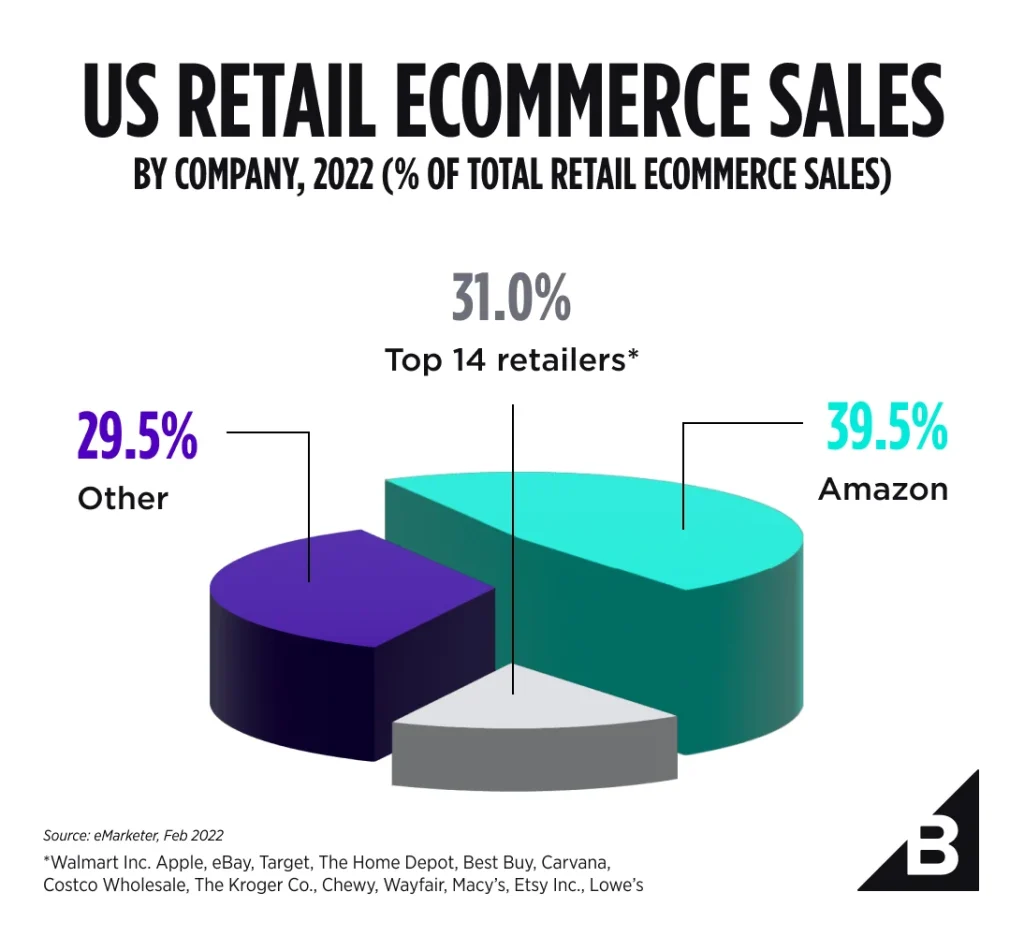
Imagine this: It’s 2025, and you’re sipping your morning coffee while shopping for new sneakers via augmented reality (AR) in your living room. Sounds exciting, right? The future of ecommerce is not just about buying and selling anymore; it’s about creating immersive experiences. Let’s dive into the trends and innovations that will shape the ecommerce landscape in the coming years.
1. Personalized Shopping Experiences
Personalization is set to become even more sophisticated by 2025. Think of ecommerce platforms as personal shoppers, understanding your preferences, habits, and even your style. **Artificial intelligence (AI)** plays a crucial role here. By analyzing tons of data, AI can predict what you’re likely to buy next, offering recommendations that feel handpicked just for you. It’s like having a digital friend who knows your taste better than you do.
2. Rise of Augmented Reality (AR) Shopping
AR is no longer just a buzzword; it’s becoming an essential tool for ecommerce. Imagine trying on clothes or checking out how a piece of furniture fits into your space—all from your smartphone. AR shopping bridges the gap between online and physical stores, offering a tactile experience without you ever needing to leave your house. This sensory experience is what sets AR apart, making the online shopping journey a lot more exciting.
3. The Dominance of Voice Commerce
Ever asked your smart speaker to play a song or check the weather? By 2025, more of us will be using voice commands to make purchases. With **voice commerce**, you don’t need to type or swipe; just ask, and it’s on its way. The convenience is unbeatable, but it also means businesses need to optimize for voice searches, ensuring their products are found easily.
4. Sustainable Ecommerce Practices
As consumers become more eco-conscious, sustainability is no longer a nice-to-have; it’s a must. **Green packaging**, ethical sourcing, and transparent supply chains are at the forefront of consumer concerns. In 2025, shoppers will favor brands that prioritize the planet. This shift means ecommerce companies need to adopt sustainable practices not just for moral reasons but to stay competitive.
5. Enhanced Security and Payment Options
Increased online activity means heightened security needs. **Cybersecurity** innovations will continue to evolve, making sure your data is safe during transactions. Biometrics and blockchain technology are paving the way for secure, seamless payment processes. Picture this: scanning your fingerprint or using facial recognition to authorize a purchase. It’s convenience paired with peace of mind.
6. Social Commerce is Taking Center Stage
By 2025, social media platforms won’t just be a place to connect; they’ll be bustling marketplaces. Through **social commerce**, you can discover, browse, and buy products directly within your favorite apps. It’s like strolling through a digital mall where influence and impulse meet. Short, snappy videos and live shopping events will make social media more compelling platforms for ecommerce.
As we look to the future, it’s clear that ecommerce is not just expanding but transforming at a rapid pace. From personalized experiences and AR to sustainable practices and enhanced security, the changes promise to make online shopping more intuitive and engaging. It’s an exciting time to be part of this revolution, whether you’re a consumer or a business owner.
The lines between online and offline shopping are blurring, creating a hybrid experience that’s the best of both worlds. So, what do you think of the future? Are you ready to embrace these changes as they unfold? The choice is yours, but one thing’s for sure: ecommerce in 2025 is going to be an adventure worth watching.








